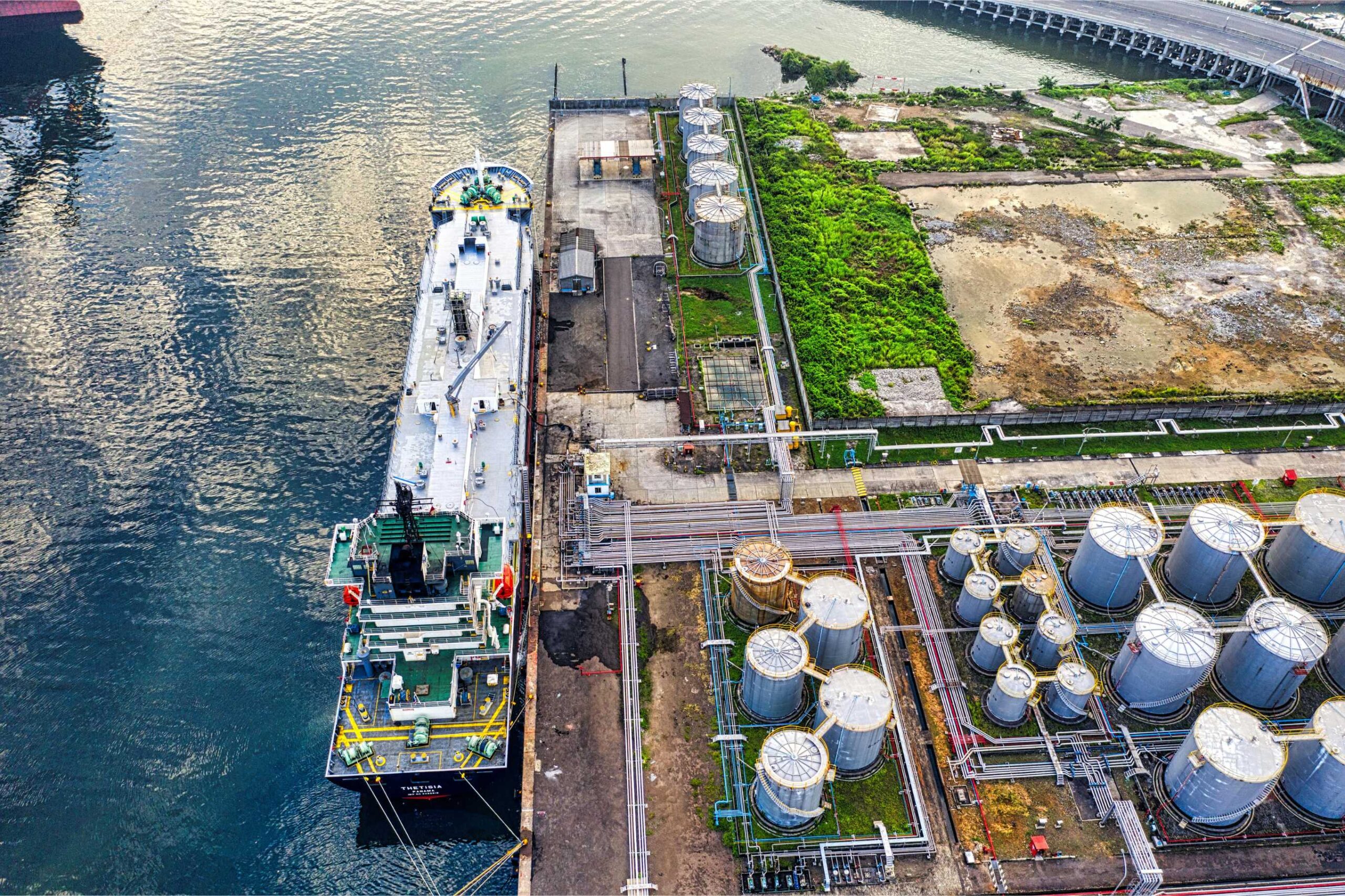The spray seal performance in a wearing course application is dependent on a range of factors through both the design and construction phase.
From a design perspective, the design binder application rate and aggregate spread rate are calculated using input variables including:
- Design Traffic Volumes and % of Equivalent Heavy Vehicles
- Aggregate Size and Geometry (Average Least Dimension and Flakiness)
- Aggregate Absorption
- Underlying surface texture
- Emulsion and Polymer Factors for alternative binders
Whilst this procedure is well recognised, it fails to consider the effect of temperature for appropriate binder selection. The effect of temperature can have detrimental effects in both warm and cold climates.
Conventional bitumen, bitumen emulsion and polymer modified binders all exhibit viscoelastic behavioural characteristics of which typically have a ‘working’ temperature range to avoid entering a ‘viscous’ fluid state or a ‘elastic’ solid state.
In warmer climates, the greatest risk to spray seal performance from a temperature perspective is flushing of the binder through the aggregate causing a sleek and slippery surface – commonly found in the wheel paths. Whilst this can be caused by excessive binder application rates during construction, it is often caused by the maximum pavement temperature exceeding the softening point of the binder. This is commonly seen in areas of Northern Australia, where maximum pavement temperatures can exceed 65°C which can significantly affect the performance of conventional binders (C170 and C320) which typically have softening points in the range of 45 – 55°C.
In these areas it can be particularly beneficial to employ the use of highly polymer modified binders including S25E or S18RF which have significantly higher softening points comparatively to conventional binders. It is recognised however, consideration must be given to the spray seal operation in areas of significant seasonal temperature fluctuation in which spraying PMB’s can be have implications in cold weather. If spraying in winter of during cold periods of the year, the PMB can exhibit elastic-solid characteristics and ‘skin’ over much quicker than conventional binders reducing the cohesion between the binder and the stone, leading to premature stripping of the stone.
Are environmental regulations, health and safety concerns or potential profit loss a concern right now?
To give guidance on the design ‘maximum pavement temperature’ for the subject road section, Austroads has developed a method that incorporates maximum air temperature (using BoM) data and the geographical latitude of the site.
For more information on Global Road Technology or the Temperature Considerations in Spray Seal Performance please contact GRT
MORE INDUSTRY ARTICLES
April 19, 2024
LNG: What is it, and why does it Matter?
April 17, 2024
Team Rio Locks In $23 Billion for Simandou
MORE INDUSTRY ARTICLES
April 19, 2024
LNG: What is it, and why does it Matter?
April 17, 2024

